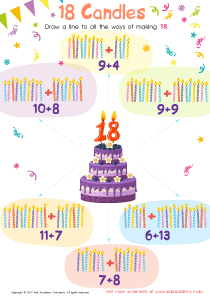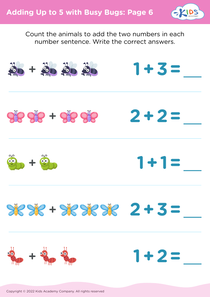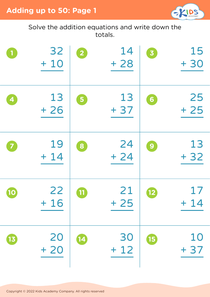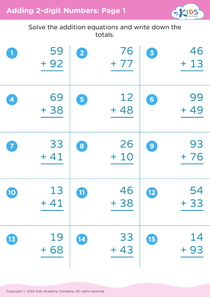Recognizing Patterns Adding up to 100 Worksheets for Ages 5-8
5 filtered results
-
From - To
Our "Recognizing Patterns Adding up to 100 Worksheets for Ages 5-8" are expertly designed to help young learners master foundational math skills. These engaging worksheets guide children through various exercises that focus on recognizing sequences and patterns, ensuring they become proficient in addition up to 100. Perfect for both classroom and home use, these printables feature colorful illustrations and intuitive activities that captivate young minds. By integrating fun math challenges, our worksheets not only build arithmetic skills but also enhance logical thinking and problem-solving abilities. Equip your child with the confidence and skills needed for future math success.
Recognizing patterns and adding up numbers to 100 are crucial skills for children aged 5-8, laying a strong foundation for arithmetic fluency and overall mathematical understanding. At this developmental stage, cognitive abilities are rapidly expanding. By engaging in pattern recognition, children enhance their ability to anticipate and strategize, which are essential cognitive skills. These patterns often incorporate addition, fostering familiarity with numbers and strengthening mental math abilities.
Understanding addition within the framework of 100 helps children grasp place value, number sense, and the concept of base-ten, which are fundamental in more advanced math topics they'll encounter later. It also boosts their problem-solving skills as they learn to break down complex numbers into manageable parts.
More importantly, early success in recognizing and working with numbers (through patterns) boosts confidence and promotes a positive attitude towards mathematics. This self-assuredness extends beyond math, fostering a mindset that embraces learning challenges. Additionally, these skills have practical applications in everyday life, such as estimating totals while shopping or distributing groups evenly.
For teachers and parents, nurturing these abilities through games, visual aids, and interactive activities not only aligns with educational standards but also supports robust cognitive growth. Thus, prioritizing pattern recognition and addition is not merely about following curriculum—it’s about fostering a lifelong competence and enthusiasm for learning.
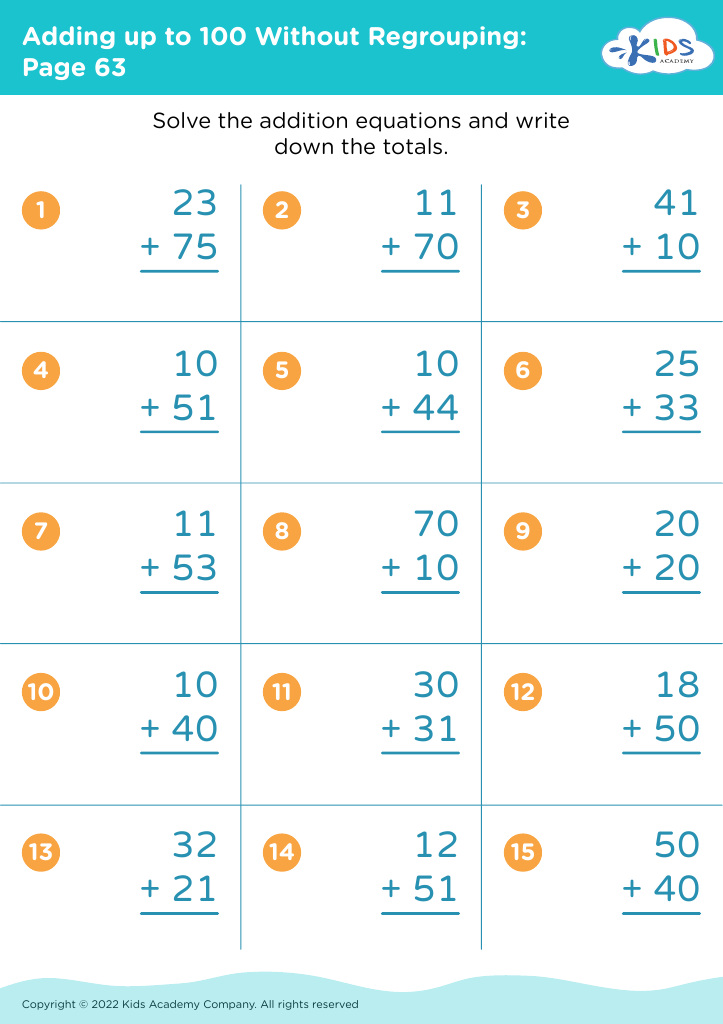
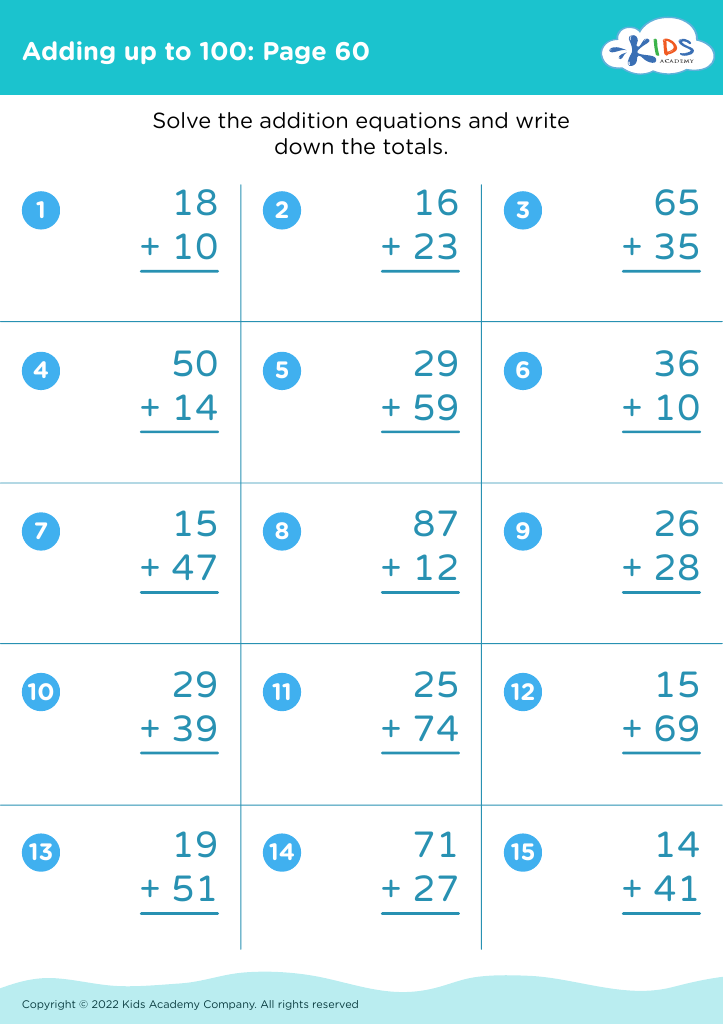
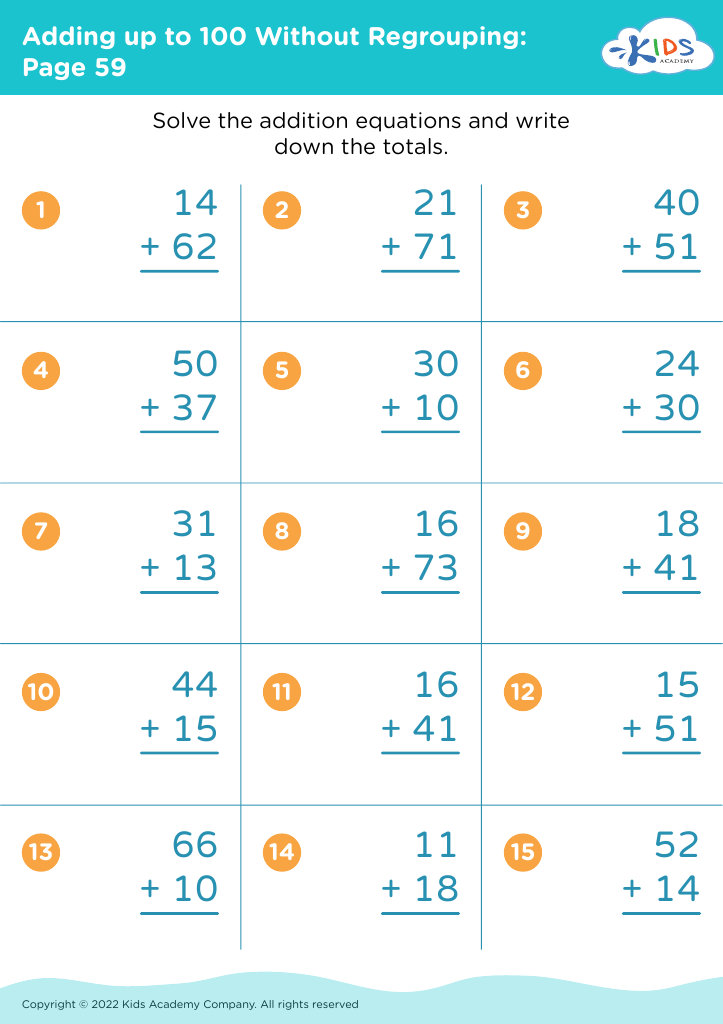
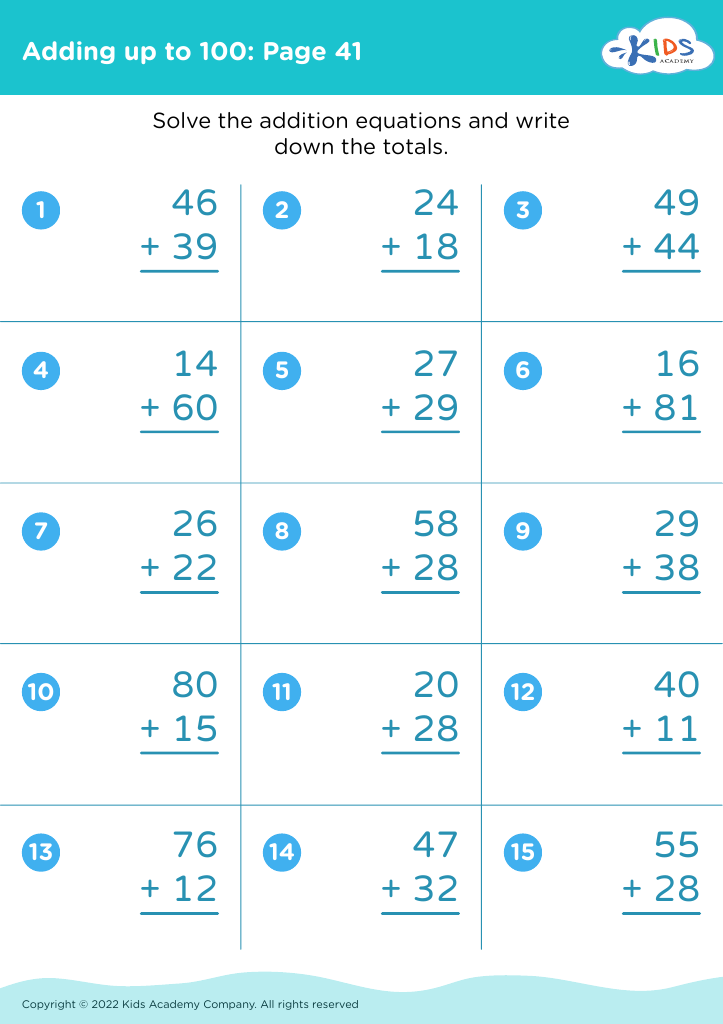





%20(1).jpg)


